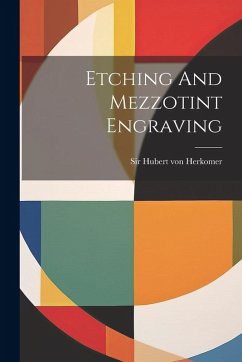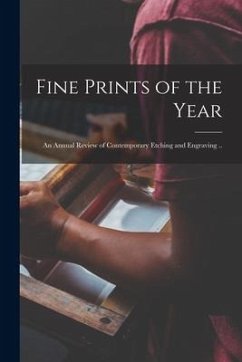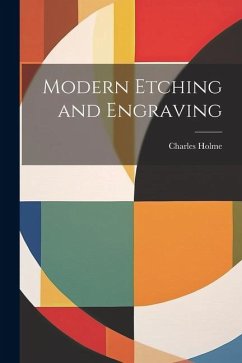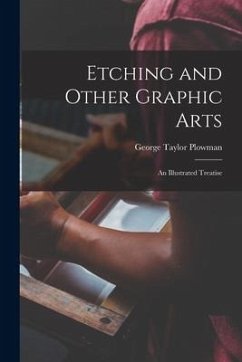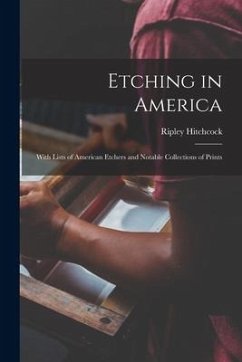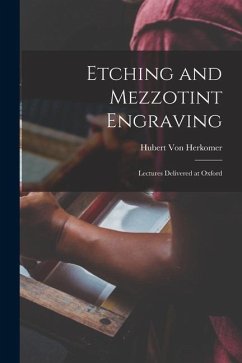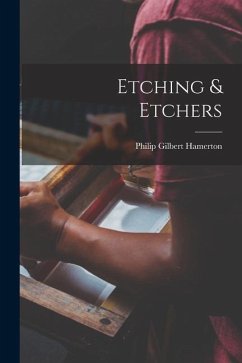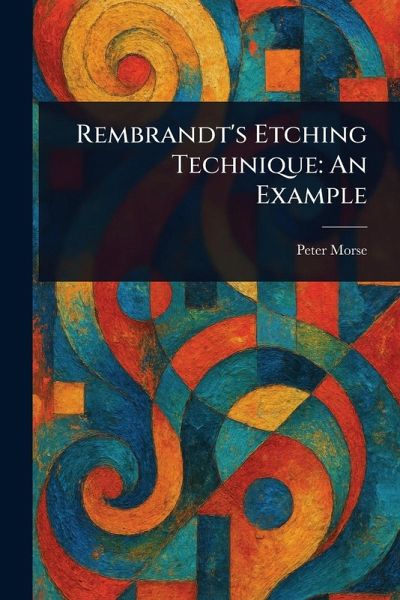
Rembrandt's Etching Technique
An Example
Versandkostenfrei!
Versandfertig in über 4 Wochen
14,99 €
inkl. MwSt.

PAYBACK Punkte
7 °P sammeln!
Explore the masterful printmaking of Rembrandt van Rijn in "Rembrandt's Etching Technique: An Example" by Peter Morse. This meticulously prepared edition delves into the art technique employed by the Dutch master during the 17th century. A key figure of the Renaissance and Dutch art, Rembrandt's innovative approach to etching established him as a giant in the art world. This book examines Rembrandt's distinctive etching technique, offering insights into his process and the lasting impact of his work. Discover the secrets behind his iconic prints and understand the artistic innovations that cem...
Explore the masterful printmaking of Rembrandt van Rijn in "Rembrandt's Etching Technique: An Example" by Peter Morse. This meticulously prepared edition delves into the art technique employed by the Dutch master during the 17th century. A key figure of the Renaissance and Dutch art, Rembrandt's innovative approach to etching established him as a giant in the art world. This book examines Rembrandt's distinctive etching technique, offering insights into his process and the lasting impact of his work. Discover the secrets behind his iconic prints and understand the artistic innovations that cemented his place in history. Perfect for art enthusiasts and students alike, this volume offers a detailed look at one of history's most influential artists and his mastery of etching. This work has been selected by scholars as being culturally important, and is part of the knowledge base of civilization as we know it. This work is in the public domain in the United States of America, and possibly other nations. Within the United States, you may freely copy and distribute this work, as no entity (individual or corporate) has a copyright on the body of the work. Scholars believe, and we concur, that this work is important enough to be preserved, reproduced, and made generally available to the public. We appreciate your support of the preservation process, and thank you for being an important part of keeping this knowledge alive and relevant.






